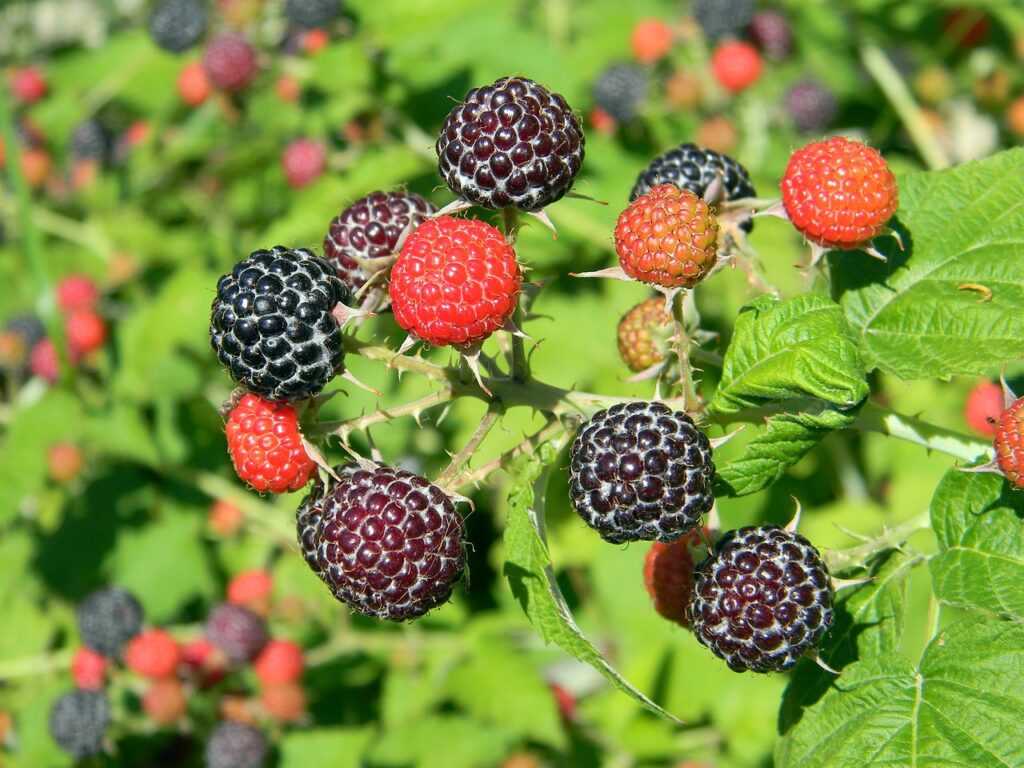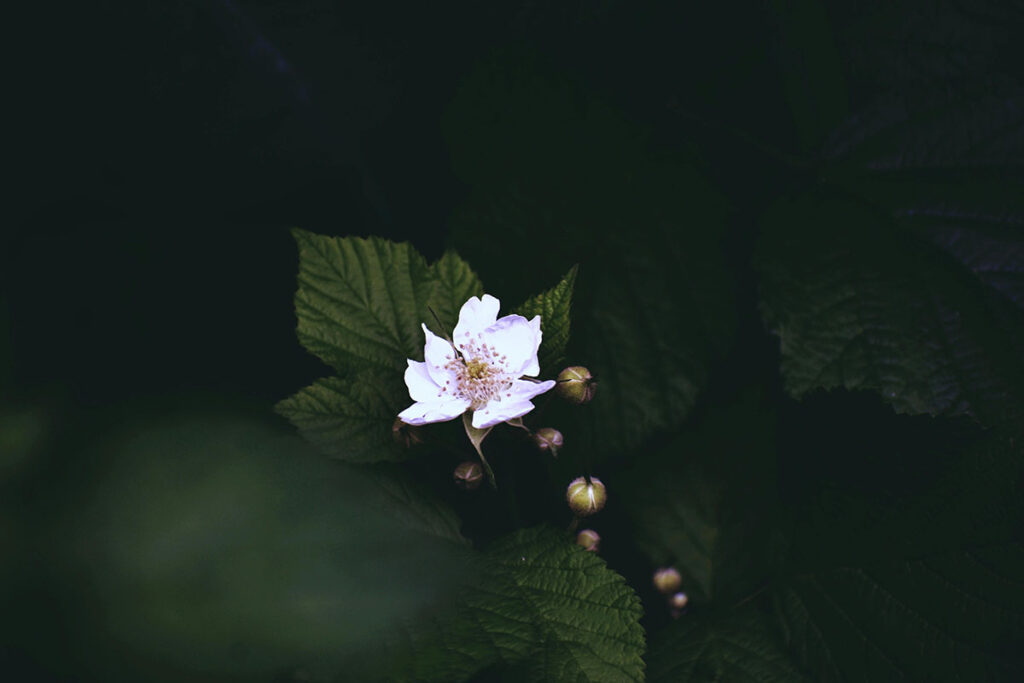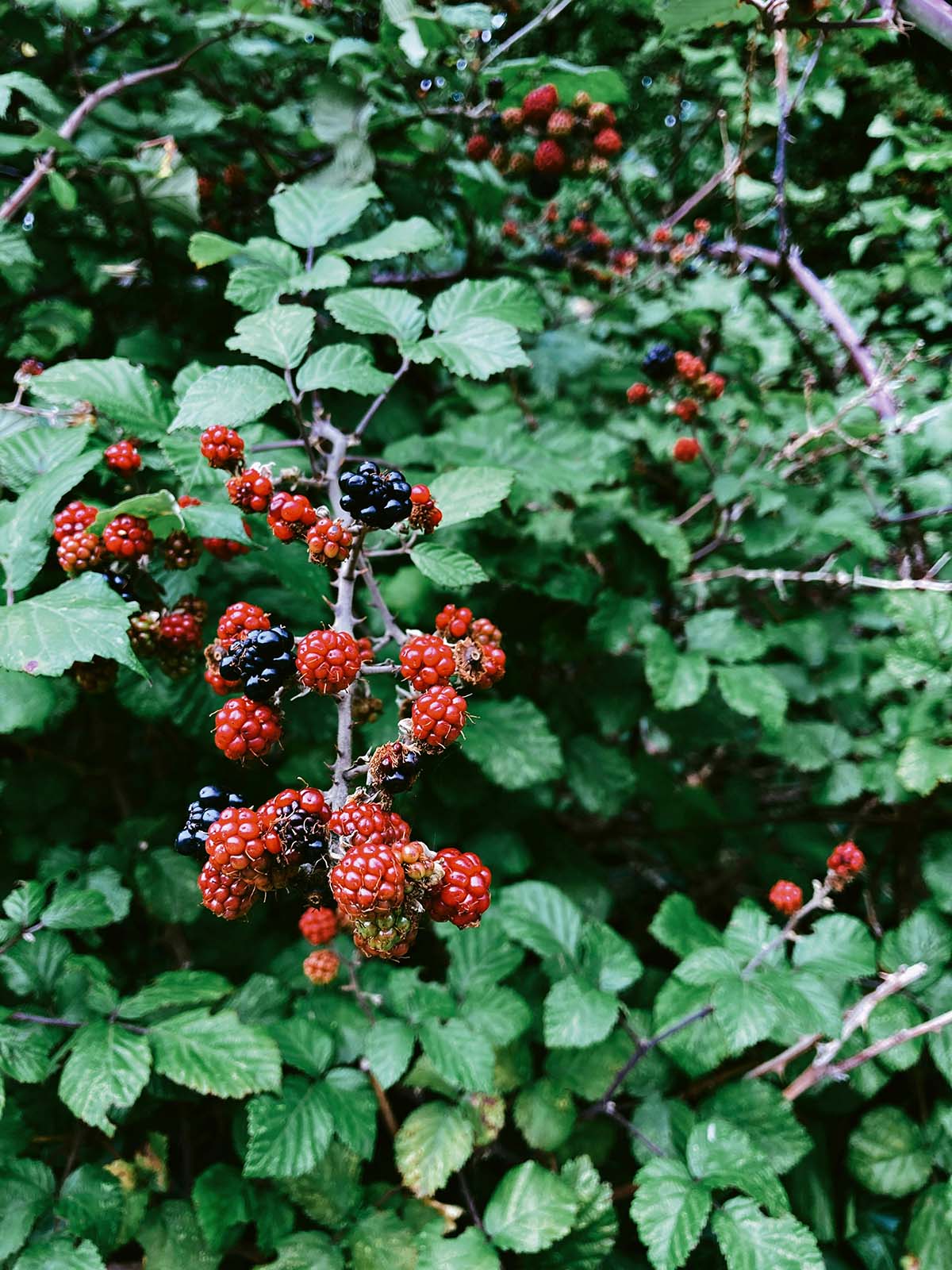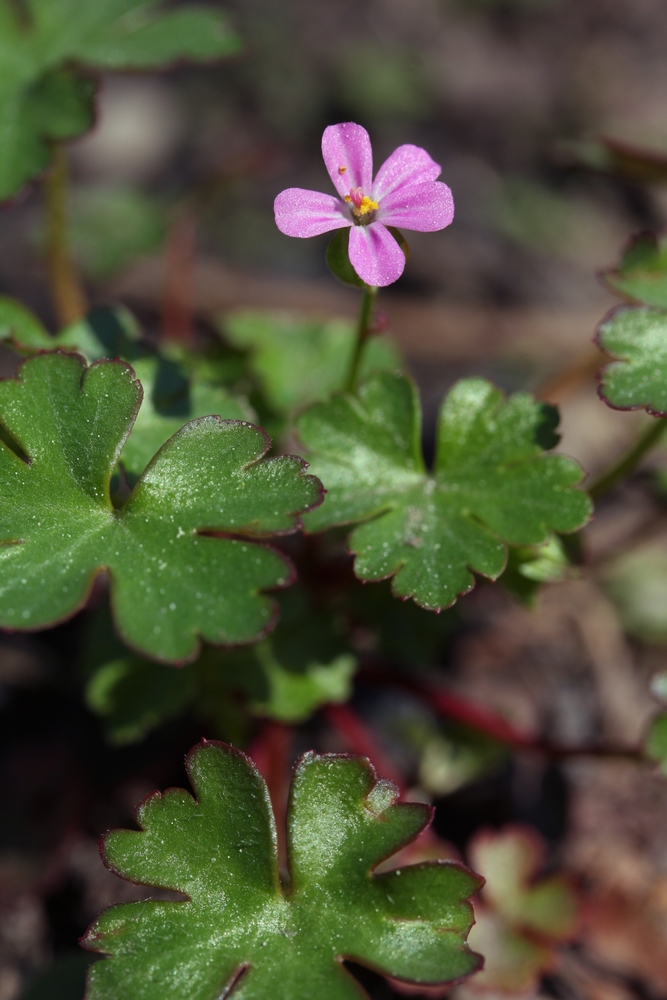An extremely familiar plant for those living on the Pacific Northwest, with its alluring fat and delicious berries guarded by vicious thorns known to pierce even leather, the Himalayan blackberry is both a blessing and a curse on this island. Actually a European plant, Himalayan Blackberry was first introduced in the 1800s by an American botanist for it’s tasty and bountiful fruit. By 1945 it had propagated itself all along the Pacific coast and now the prolific plant is extremely widespread in British Columbia and the Pacific Northwest. It smothers native plants, including young Garry oak saplings and takes over streamsides, while offering no erosion protection. Though it is an effective hedgerow plant for ensuring invaders of any kind never make it through (without enduring significant damage), Himalayan blackberry can also entrap young livestock and shelter other invasive species such as rats, starlings and rabbits.
This European import has done an admirable job of demonstrating three forms of propagation common to the Rubus family:
- Seeds which are often spread by birds.
- Arching stems which grow roots when they touch the ground.
- Rhizomes which sprout from beneath the ground from an extensive root network. (This can be infuriating when you cut them off at the soil level, but they re-sprout anyway.)
One positive attribute is that pollinators absolutely love the flowers which provide an abundance of nectar as it quickly recharges daily. And of course, the berries are popular with everyone from humans to birds to mammals.
Removal
This invasive blackberry is best removed while wearing thick leather gloves and protective clothing (such as denim) with long sleeves and full length pants. Cut back vines and dig out roots while the ground is wet. I have found chopping the long arms into smaller pieces and using the secateurs to pinch and move the piece into the garbage bag or burn pile helps reduce the potential for harm while handling. Do your best to dig out the roots, keep a pruning saw, secateurs or loppers handy to chop at the roots as far down as possible to help hold back the growth for as long as possible. Chopping and digging out the roots every year is necessary to keep this plant from taking over.
Plant These Instead
Thimbleberry (Rubus parviflorus)

A gentle member of the Rubus family, thimbleberry is hairy but thorn-free and can be a nice hedge with its large white flowers favoured by pollinators and their edible but seedy and somewhat dry berry. Their large maple-like leaves have a fine fuzz on both sides which make them less interesting to deer. This member of the raspberry family will grow from 0.5 meters to a whopping 3 meters in sun or part shade with moist soil. Thimbleberry spreads by rhizome so it’s best to give it some room as it grows into thickets over time.
Blackcap or Black Raspberry (Rubus leucodermis)

A very common raspberry to the western region, the stems of Blackcap or Black Raspberry can reach up to 2 meters and have a whitish bloom with small curved thorns. The leafs have an alternate arrangement of 3 leaves with sharp teeth and a white underside. The small white to pink flowers give us the slightly hairy berries that initially appear red but are ready for eating when they turn black, thus the name. Tolerant of disturbed areas, including burned clearcuts in open forest, these raspberries will spread especially well in moist soils and are probably best grown in a wild garden.
Trailing Blackberry or Dewberry (Rubus ursinus)

Trailing Blackberry or Dewberry is our only native blackberry. The prostrate or flat-lying stems are armed with flattened prickles (rather than thorns), on arching stems reaching up to 5 meters long. These tripping hazards will tear at your ankles if are unlucky enough to get your feet tangled in them during your garden work. Small but juicy little berries are popular in July with quail and other birds and mammals. The berries grow from large white to pink flowers of up to 4cm in diameter, growing in flat-topped clusters. Found in dry soil, open forest or disturbed grounds, they can become weedy if not maintained. Male and female plants grow separately and it is not uncommon to find berry-less plants in male only thickets.





Leave a Reply